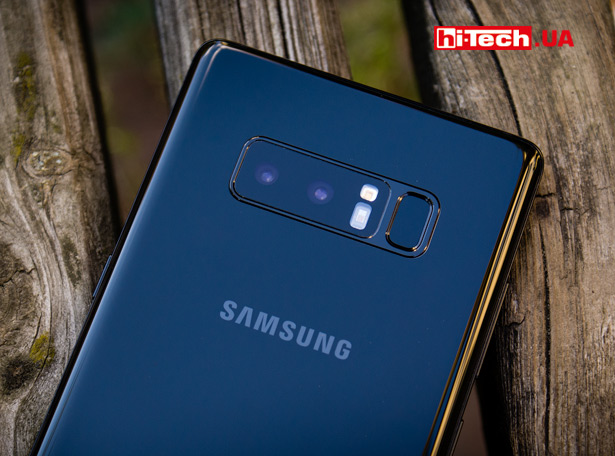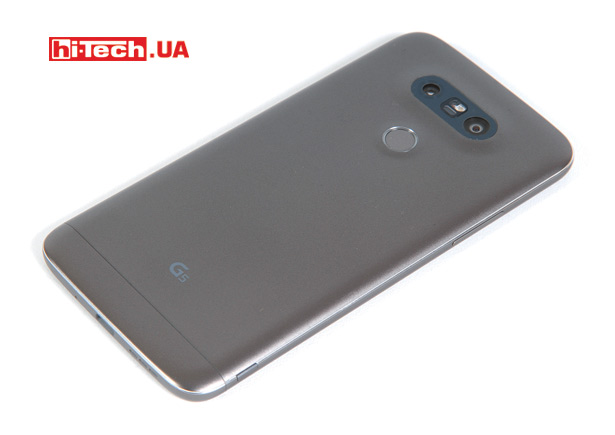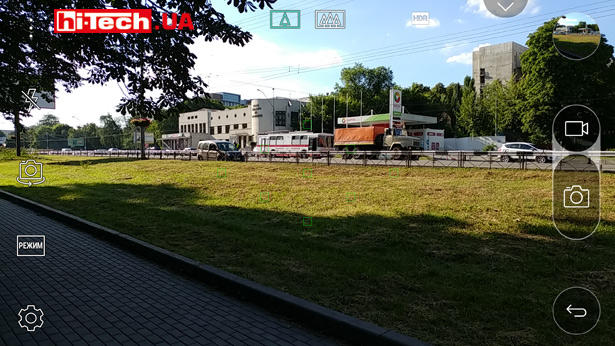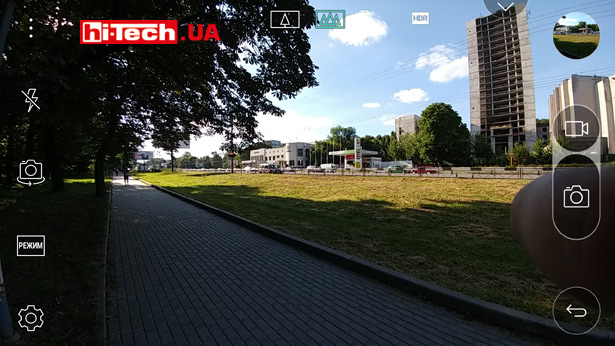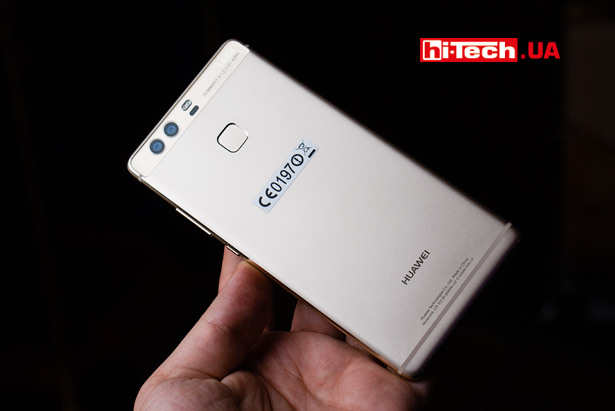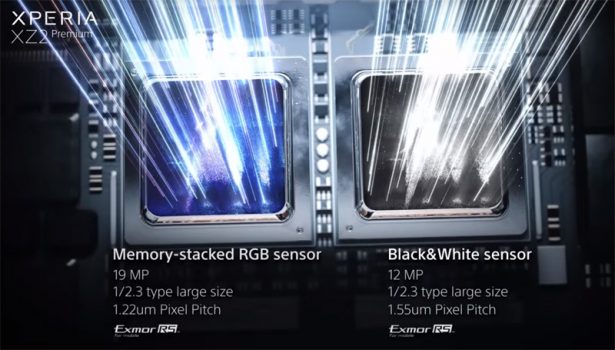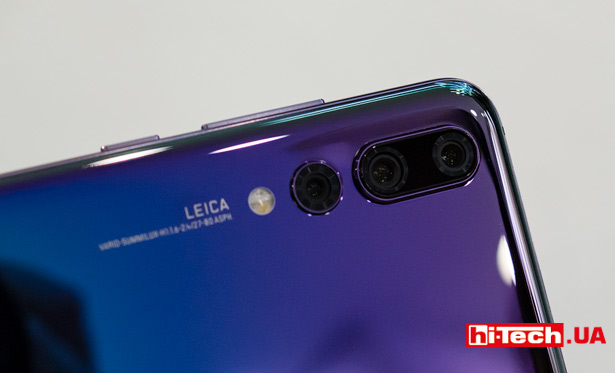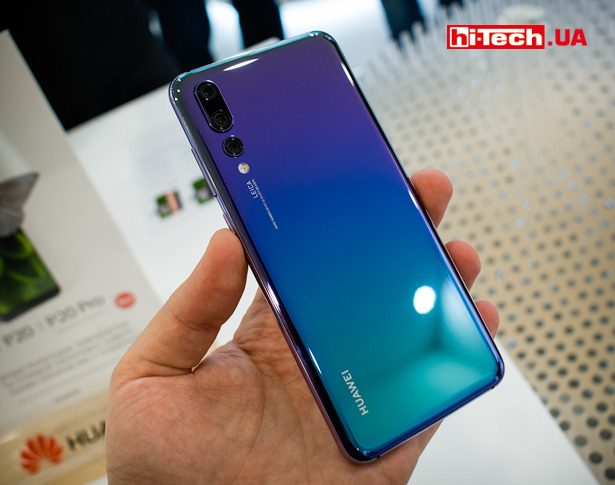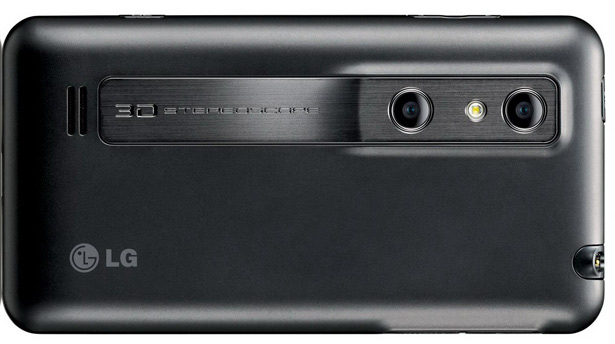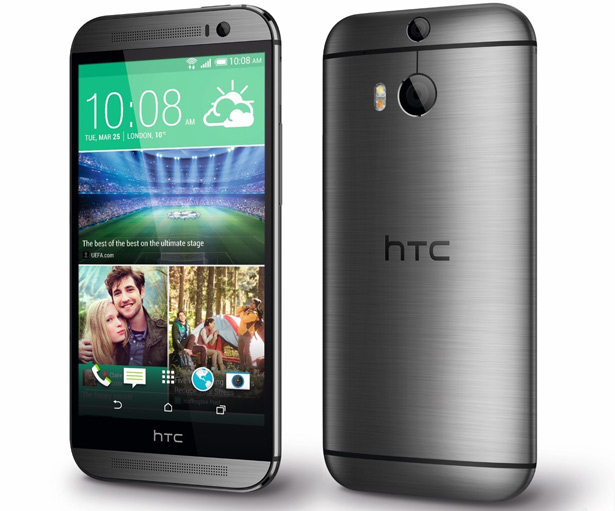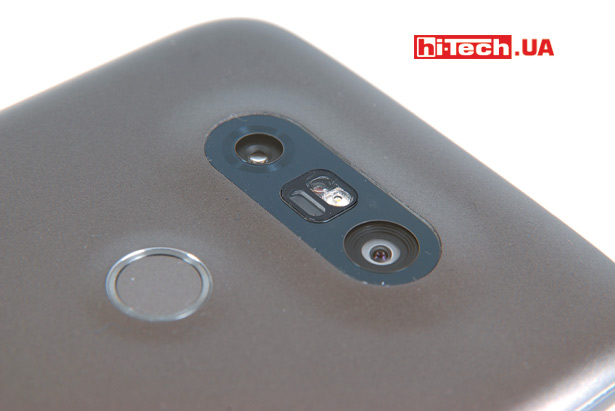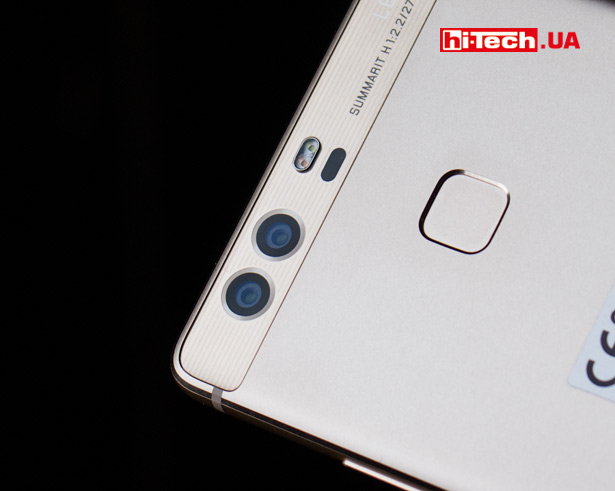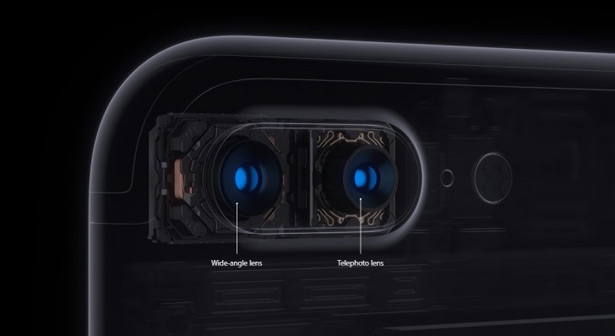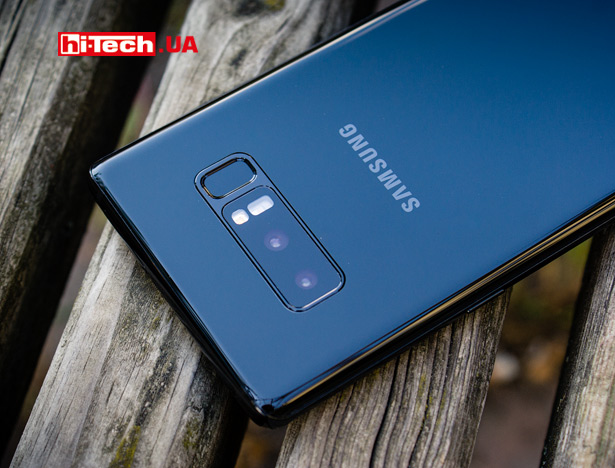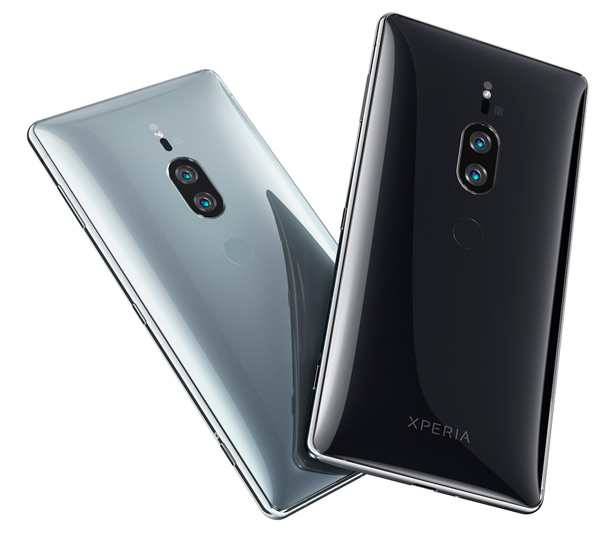Double, triple… Why does smartphone need increasing number of cameras?
22.06.18
This year, the trend of increasing the number of cameras in smartphones is especially visible. Apart from the branded Google Pixel, there are no longer any significant brands whose assortment includes models only with a “regular” single camera.
And if previously only top smart phones received dual cameras, today they are already widely found in mid-range and even entry-level devices.
This year is also notable for the appearance of the Huawei P20 Pro smartphone, where not two, but three cameras have already been installed on the rear panel!
We’ll return to the three-camera Huawei later, but for now let’s talk about common dual camera modules.
What does a dual camera give?
Due to the natural parallax of two cameras placed at a certain distance, it is possible to better realize the effect of digital background blur. In many modern smartphones, this mode is associated with shooting portraits.
The subject remains sharp and the background is further blurred.
Blur highlighting an object (Samsung Galaxy S9+)
- Regular shot
- Applying a blur effect
The resulting image begins to resemble footage from serious system cameras, where such blur, also called bokeh, is achieved naturally due to the peculiarities of the matrix-lens combination.
Before the advent of dual cameras, this effect was also present among the functions in some smartphones, but, as mentioned above, with dual cameras the blur can be made better, although, of course, it is still not perfect.
An additional (second) camera may also have a different viewing angle.
If its viewing angle is wider than that of the main camera, then a wider shooting area will be included in the frame. This implementation option is not found very often in smartphones. As an example, we can cite LG smartphones (G5, G6, LG G7 ThinQ, V20, V30).
Choosing between the main and additional cameras with a wide viewing angle in the LG G5 se smartphone
A more common option is when the additional camera has a narrower viewing angle. As a result, the zoom function is implemented. Typically, the equivalent focal length of the secondary camera is twice the equivalent focal length of the primary camera, resulting in a 2X zoom.
This is found in smartphones from Apple iPhone, Samsung, HTC and many others.
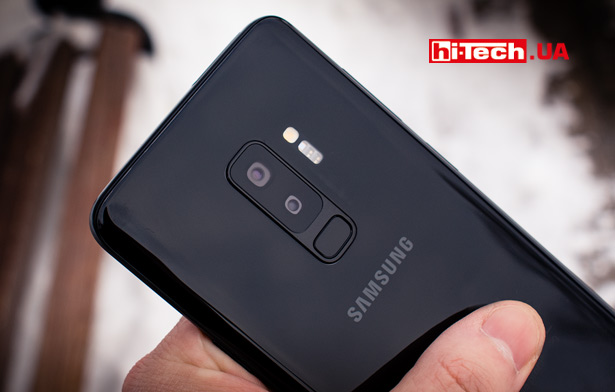
The Samsung Galaxy S9+’s secondary camera has a higher equivalent focal length and provides a narrower field of view
Shooting with the main and secondary cameras with 2X zoom (Samsung Galaxy Note8)
- Main camera
- Additional camera
But there are also situations when both cameras have the same viewing angle. This is implemented in top smartphones Huawei and Honor. A proprietary solution is used here, where the sensor of the additional camera is not color, but black and white (there are no color filters on the pixels).
According to the manufacturer, the received data from two sensors is combined in the final image, which gives a benefit in quality. In addition, it becomes possible to create “natural” black and white photographs using the matrix without color filters.
By the way, in its first and so far only smartphone with a dual camera, Sony Xperia XZ2 Premium, the manufacturer used a solution similar to Huawei with the same viewing angles and the use of an additional black and white camera.
Give more! The emergence of a smartphone with three cameras
This year, Huawei has released a very interesting smartphone, the P20 Pro, in terms of photography. Its unique feature is the presence of three cameras on the rear panel!
The point is that to Huawei’s traditional combination of two cameras with the same viewing angles (main and additional black and white), another camera with a narrower viewing angle was added. It is noteworthy that in this case the equivalent focal length is not two times higher, as usual, but three times. It turns out that the zoom is already three times (3X).
Pitfalls
As a rule, additional cameras are not nearly as good as the main ones. This is due to both technical and financial features.
They are, as a rule, simpler, have a smaller sensor size, lower aperture ratio, are significantly inferior to the main ones in autofocus and sensitivity, often lack an optical stabilization system, do not support a number of functions, etc.
It is not surprising that in difficult conditions (at night or when there is insufficient lighting), even if an additional camera is selected, shooting can still be carried out by the main one (this is provided by the developers).
The difference between the cameras can be even more noticeable in the middle and entry-level smartphones, where absolutely outright rubbish is installed as an additional one.
A little history
The first smartphones with dual cameras began to appear a very long time ago.
Можно вспомнить LG Optimus 3D, вышедший в феврале 2011 года, затем ― появившийся в марте 2011 HTC EVO 3D, а спустя примерно год был анонсирован LG Optimus 3D Max.
But the purpose of the dual cameras of the above models was completely different. At that time, 3D video (stereoscopic) was in trend, and dual cameras were needed to take stereoscopic photos and videos, which could then be viewed with a 3D effect on special screens of these smartphones.
The first attempt to use a dual camera to highlight an object in the frame with blur can be called HTC One (M8) (March 2014). But it must be said that the blur quality in the One (M8) was very poor.
In December 2014, Honor 6 Plus featured a dual camera for background blur and photo merging.
But in LG V10 (October 2015) the dual camera was not the rear, but the front camera. The cameras were identical, but the lenses had different focal lengths. They were not used to digitally blur the background.
2016 was very rich in the emergence of very serious smartphones with dual cameras. LG G5 coming out in February . The emphasis is not on blur, but on a wider angle of the second camera.
In April, Huawei P9/P9 Plus appears with its proprietary solution in the form of an additional black and white camera. There is a strong emphasis on the blur function.
And after the announcement of the Apple iPhone 7 Plus in September of the same year, it became completely clear that the trend would only intensify. Here you have 2x zoom and portrait mode with blur.
All this time, Samsung adhered to its own vision of the situation and released its flagships with “regular” single cameras. But by August 2017, she gave in and released Samsung Galaxy Note8 with dual camera.
Sony and HTC held out for a very long time (except for HTC One (M8)). Their dual-chamber firstborns, respectively, Sony Xperia XZ2 Premium and HTC U12+ was released by the company only in 2018.
Read also:
- Testing the Samsung Galaxy S9+ camera. Now with aperture control and 960 fps shooting
- Now double. Samsung Galaxy Note8 camera test
- We study the quality and shooting capabilities of the Samsung Galaxy S8 camera. Where is the progress?
- We are testing the cameras of Huawei P9, LG G5 se and Samsung Galaxy S7. Who takes better pictures?
- What the Samsung Galaxy S7 camera can do ?
- A few words about the camera Samsung Galaxy S6
- How does the LG G4 shoot? We look at the camera mode in the new flagship
- Camera comparison between HTC One (M8) and Samsung Galaxy S5
- Camera test. LG G3 vs Samsung Galaxy S5
Engineer of the Test Laboratory
Don't miss interesting news
Subscribe to our channels and read announcements of high-tech news, tes
Oppo A6 Pro smartphone review: ambitious

Creating new mid-range smartphones is no easy task. Manufacturers have to balance performance, camera capabilities, displays, and the overall cost impact of each component. How the new Oppo A6 Pro balances these factors is discussed in our review.
Editor’s Choice 2025. Best devices of the year by hi-tech.ua

The best gaming laptops, mice for work, gaming keyboards, smartphones, and wireless headphones of 2025. Among them, we will highlight the most interesting ones and those that we can recommend buying.
Michelin has created a real-time tire monitoring system car CES development
Michelin is preparing to introduce a new line of “smart” tires capable of real-time
BYD showed ultra-fast charging for electric cars: 400 km in 5 minutes charger development electric transport
BYD is one step closer to its goal of making electric vehicle charging comparable in speed to refueling vehicles with an internal combustion engine

